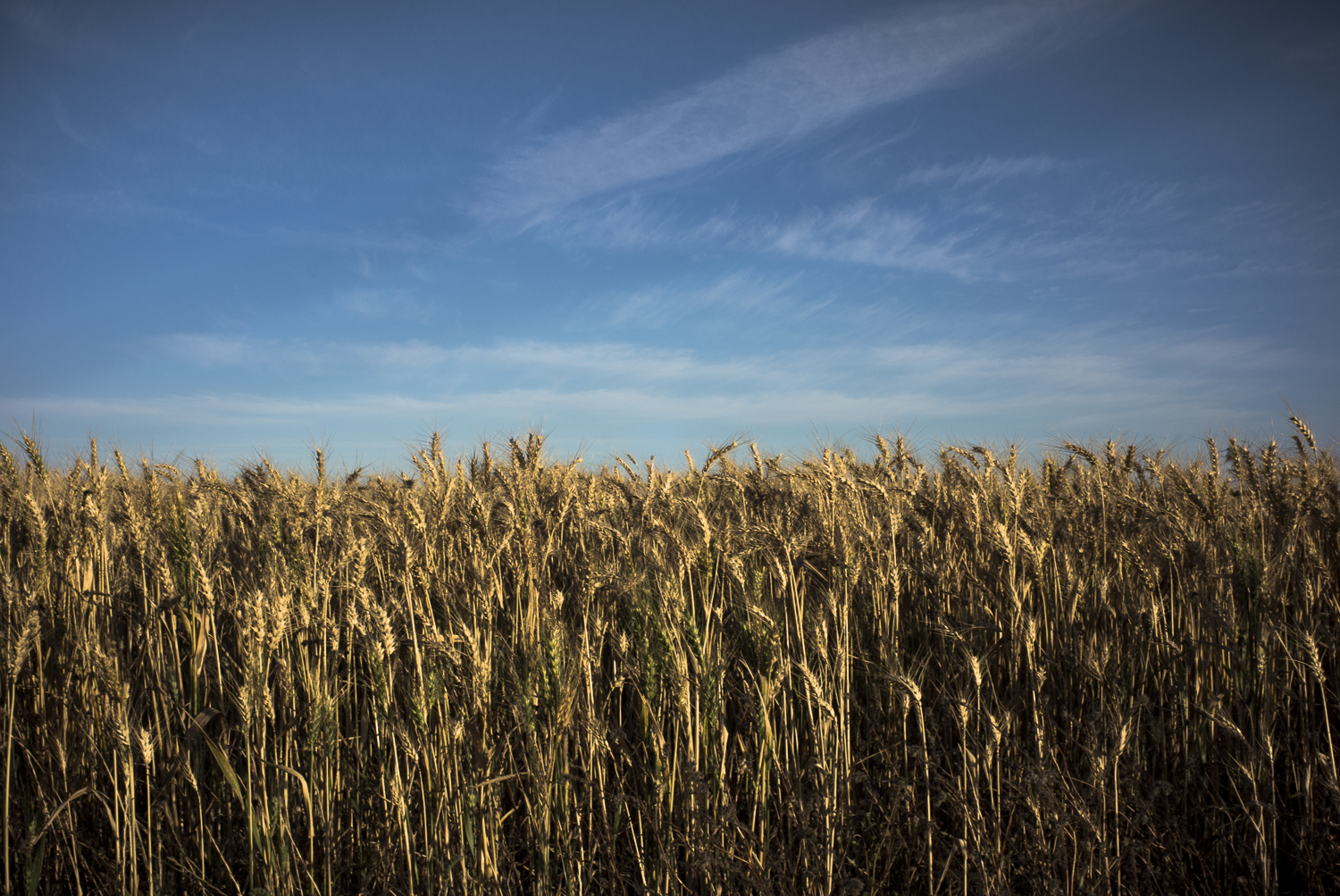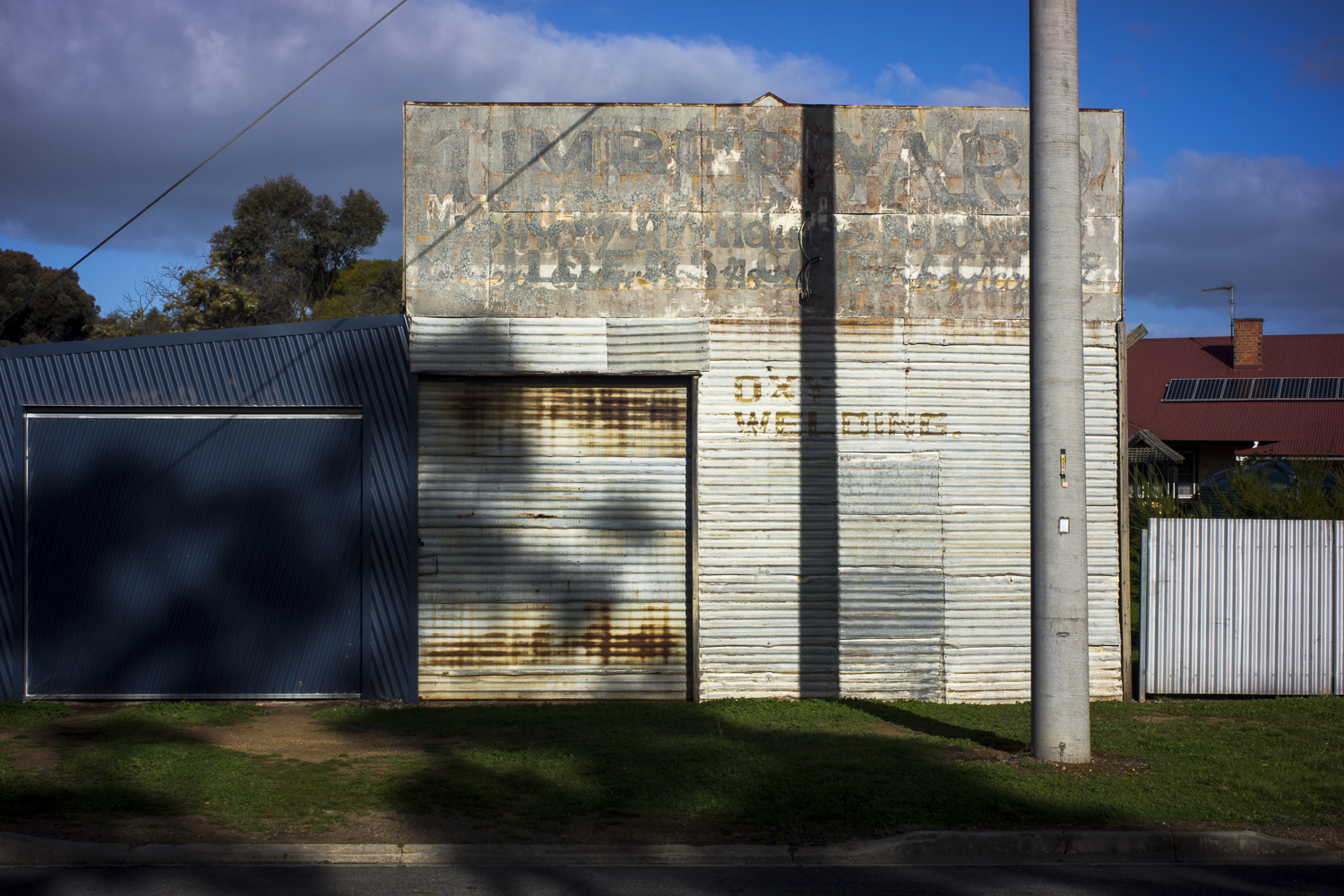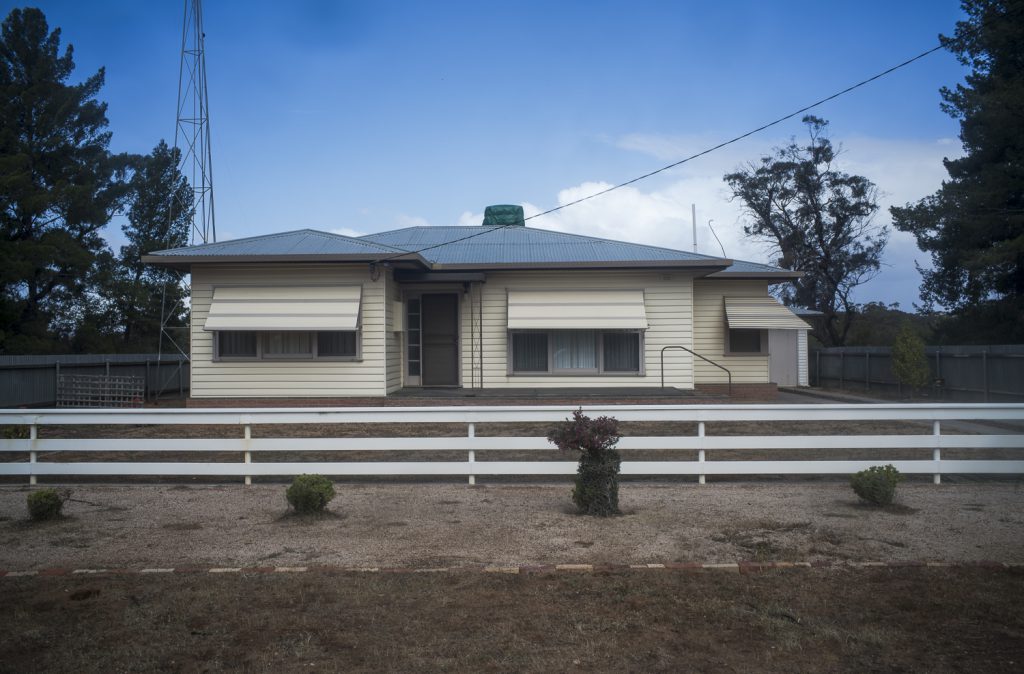The book has a dual character: it looks back to, and is a summary of, the 3 year collaborative project the the exhibition completes; and it looks forward to, or is a launching pad for, my future solo work in the Mallee.

The historical colonial narrative is one of hardship, optimism, failure and struggle. It was a battle between nature and settlers. It begins with non-Indigenous settlement, excluding precolonial literary history, and is predominantly masculinist—even when women are mentioned—in its framing metaphors of battle and endurance. The Mallee in this narrative is both a colonial fantasy and an abjected site.
Today, the Mallee region is a kind of industrialised agricultural land factory where the scrub has been cleared once and for all. In the process animal and bird habitat were systematically destroyed to make way for more cleared acreage. The ancient ecosystems were shattered and now exist only in fragments or remnants. This ecological destruction coupled with the present day chemical poisoning and genetic modification’ was for capital accumulation and profit.

My future photography will increasingly link up with the post colonial texts on the Mallee as a region by academics in the Humanities concerned with place-making and literary history as well as the writers/poets in a literary culture. This unsettles the narrative hegemony of the colonial settlers and it opens up to diverse accounts of the region where wheat reigns supreme.
Here is a part of John Kinsella’s poem, Pillars of Salt, from his Peripheral Light: Selected and New Poems, Fremantle Centre Arts Press, Fremantle, 2003.
Pillars Of Salt
We always look back,
attracted by that feeling
of having been there before – the roads
sinking, the soil weeping (scab on scab
lifted), fences sunk to gullies
catching the garbage of paddocks,
strainers blocked by stubble
and machinery and the rungs
of collapsed rainwater tanks / and maybe
the chimney and fireplace
of a corroded farmhouse, once
the guts of the storm, now
a salty trinket.
The salt is a frozen waste
in a place too hot for its own good,
it is the burnt-out core of earth’s eye,
the excess of white blood cells.
The ball-and-chain rides lushly
over its polishing surface, even dead wood
whittles itself out of the picture.
Salt crunches like sugar-glass, the sheets
lifting on the soles of shoes (thongs scatter
pieces beyond the hope of repair) – finches
and flies quibble on the thick fingers
of salt bushes, a dugite spits
blood into the brine……

The Mallee wheat lands are layered with the memory of the previous, intricate living world. The memory exists in the embattled biota of remnant wheatbelt bushland, but also in the enduring lifeways of the Indigenous groups.
Though the post digital publishing world has moved on from dismissing self-publishing as vanity publishing—as the last resort of the talentless given the technological changes and the emergence of the ebook—I have yet to explore the borderless ebook form of self-publishing. My interest with respect to a future Mallee book is more in the interplay between text and image, not its form of self-publishing.


[…] ← photobook: its dual character […]